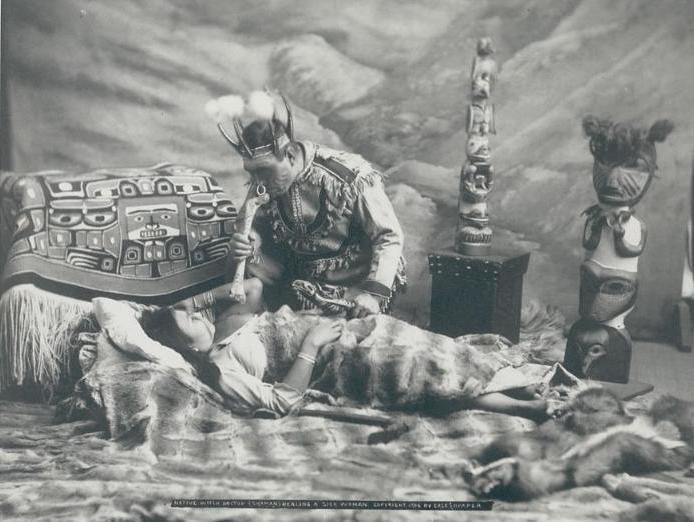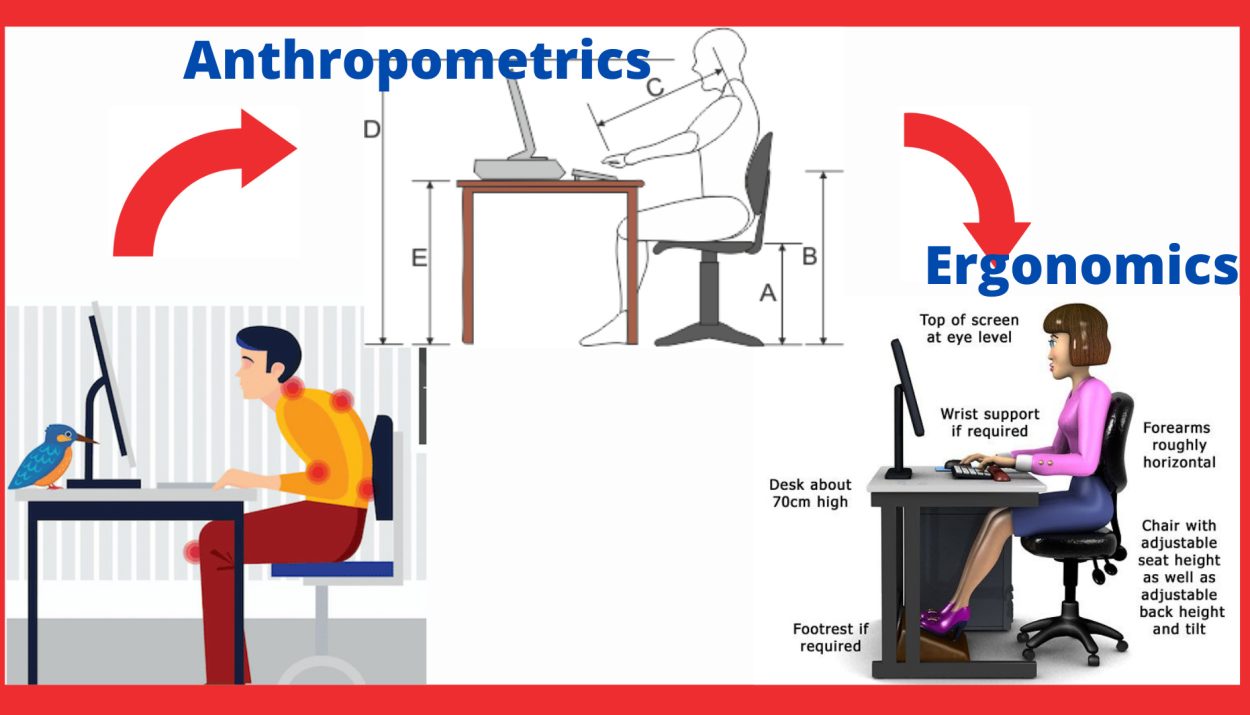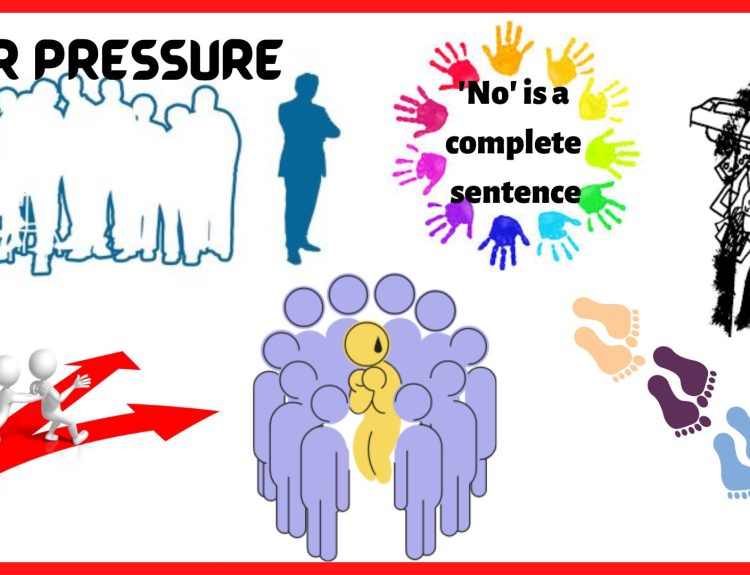Here in Anthropometrics and Ergonomics, we are going to discuss the applications of anthropometry in ergonomics along with its definitions, meanings, uses and relationship with each other.
What is Anthropometry?
Anthropometry is a part of everything that surrounds us.
Anthropometry comes from the Greek word- “anthros” meaning “man” and “metre” meaning “to measure”. The use of anthropometry in product designs ensures comfort in human life.
Anthropometry is the science that includes systematic measurements of the size, weight and proportions of the human body.
According to Merriam- Webster dictionary– Anthropometry is the study of human body measurements, especially on a comparative basis.
According to Dictionary– Anthropometry is the measurement of the size and proportions of the human body.
Anthropometry is the part of applied anthropology that involves the measurement of the human body which in turn differentiates between human races. For such measurements, various tools are used like an anthropometer, measuring tape, spreading calliper, sliding calliper, height rod, pelvimeter etc.
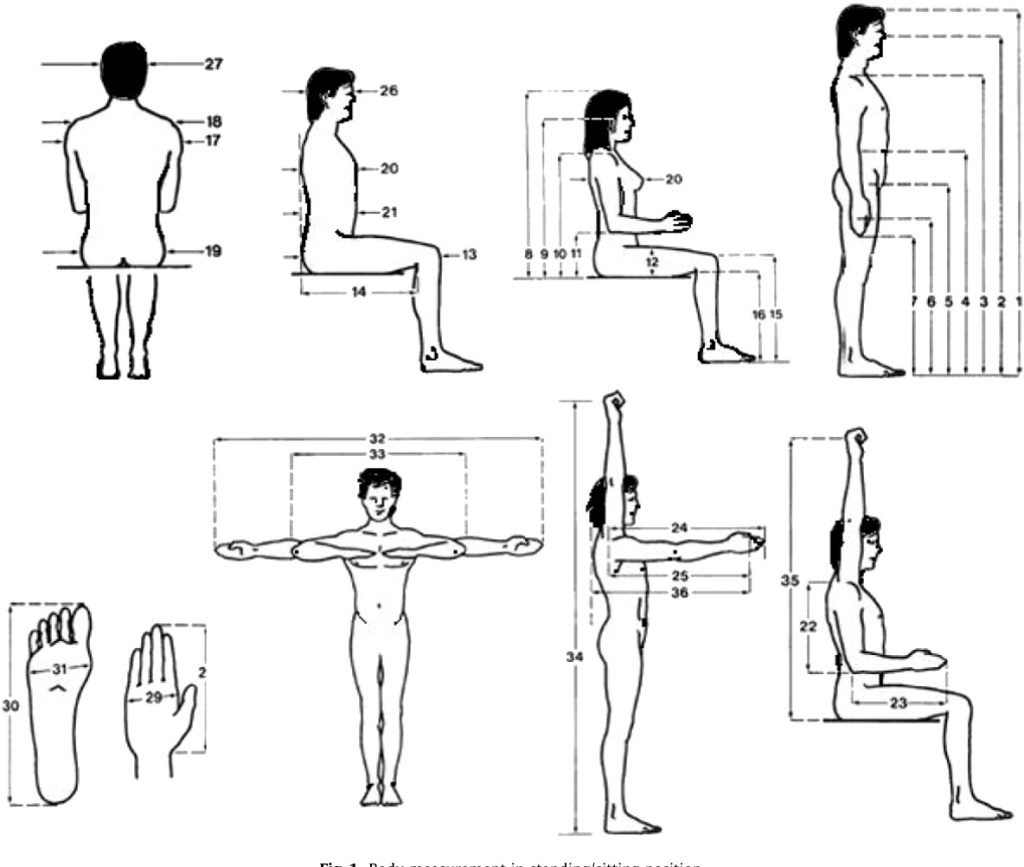
Not all humans have the same body measurements and ratios. They differ in their body size, weight and proportions. For example- to build a bed for a short and a tall guy, an application of anthropometry is involved here as they both have different sizes. Anthropometry makes all things around us easily accessible.
What is Ergonomics?
Ergonomics comes from the Greek word- “ergon” which means “work” and “nomos” which means “natural laws”.
According to Merriam- Webster dictionary– Ergonomics is an applied science concerned with designing and arranging things people use so that the people and things interact most efficiently and safely.
According to the Cambridge dictionary– Ergonomics is the scientific study of people and their working conditions, especially done in order to improve effectiveness.
Ergonomics is the study of people and their relationship with the environment around them. The objective of ergonomics is to create safe and comfortable products for our healthy life. Ergonomists eliminate discomfort and the risk of injury.

Examples of ergonomics- are the position of windows for better sunlight, the position of racks in the kitchen, sinks, and the shape and size of chairs, tables, beds etc. Our mattress should not be too hard nor too soft, to get comfort ergonomics came to help here. Our bathroom designs are also designed based on ergonomics. We don’t realize how much ergonomics affects us.
Ergonomics help to identify which characteristics one should take into account during the design process. This is very much important because every individual is different in their way. They have different body sizes, strengths, comfort, mentality and sense. Ergonomics work by keeping in mind the easy access and comfort of humans.
Relation between Ergonomics and Anthropometry
For ergonomics, anthropometry provides information for the design buildup. It tells us about the measurement of the human body which in turn helps ergonomics to build comfortable products for humans. Ergonomics not only use anthropometry for their design building but also uses other science like biomechanics (strength, forces etc.), applied psychology (skill, learning, errors etc.), social psychology (group, behaviour, communication etc.) and environmental physics (cold, heat, light, radiation, vibrations etc.).
We can easily understand this concept by taking the most common example of the design of Computer chairs and tables. As we know that working on the computer is not an easy task. And in today’s world, most of the work is being done on the computer. Sitting at the computer for hours makes a big difference to our body posture. It is kind of uncomfortable. Here we measure the human body with the help of anthropometry and accordingly we make the chair and table. Thus the final design provides comfort.
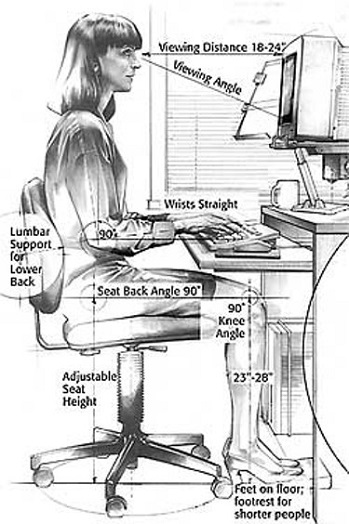
The anthropometric data is collected and applied to design the products to make them comfortable for use. The application of anthropometric data to design products for human use is ergonomics.
Designs of staircases and steps are based on a study of anthropometry.
Conclusion
A good match between design and user improves efficiency, quality, health, safety and comfort. In short, the application of anthropometric data in ergonomics improves our quality of life.
Read more-
- The Maharaj Libel Case of 1862: A Landmark in Colonial Legal and Social History
- Acclimatization: The Subtle Dance Between Humans and Their Environment
- The Anthropology of Sleep
- Lamarck’s Theory of Evolution
- Bipedalism and Structural Changes
